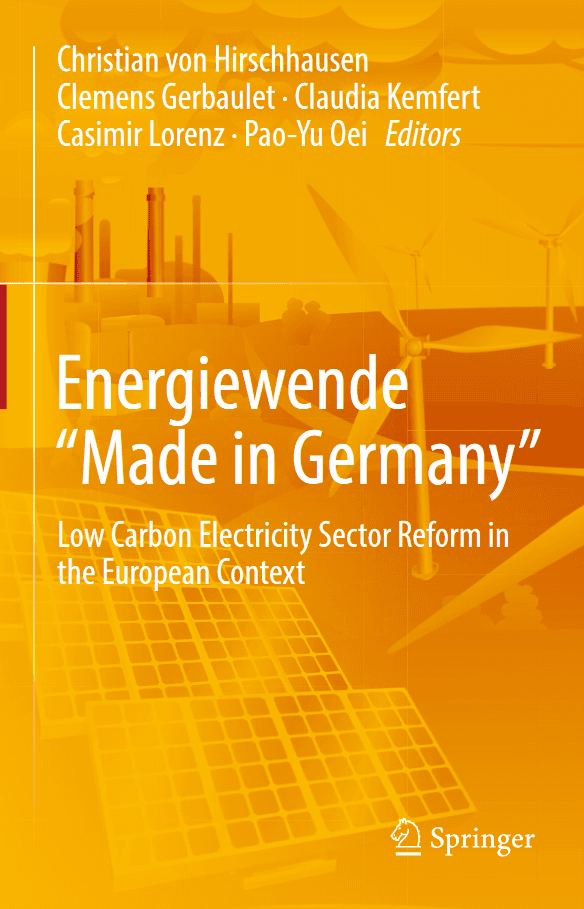Renewable Energy Sources as the Cornerstone of the German Energiewende

At least since the 1980 study on the energiewende by Krause et al. (1980), renewable energies have been considered a viable alternative to conventional fossil fuels, and renewable energy technologies were seen as a “soft path” towards a more sustainable energy system. The German government’s Energy Concept for 2050 declared the development of renewables as its number one energy priority. The share of renewables in primary energy consumption was to rise to above 60% by 2050 (2020: 18%, 2030: 30%, 2040: 45%) and targets for the share of renewables in electricity consumption were set even higher: at least 80% by 2050 (2020: 35%, 2030: 50%, 2040: 65%). Renewables have thus become a cornerstone of the current energiewende. This chapter discusses specific features of the German path toward a renewables-based electricity system and some challenges it is facing along the way. It also reports on the implications of a renewables-based electricity system for price formation and interrelations with conventional power plants. Section 6.2 recalls the development of renewables in Germany over the last 25 years from a niche source following the first feed-in law of 1990 to what has become Germany’s number one electricity source since 2014, contributing over one third of the total supply and leaving lignite, coal, natural gas, and nuclear behind. We also survey the employment impacts of renewables. In Section 6.3, we argue that a renewables-based electricity system works very differently than the previous conventional system, for example, with respect to price formation, the dominant weight of fixed costs, the disappearing wedge between “peak” and “base” load, and the increasing role of flexibility. Section 6.4 takes a look at the issue of costs in the renewables transformation of the energy system, both from an aggregate perspective and from the perspective of individual technologies. The section also compares the costs of renewables with conventional generation (coal and nuclear), taking a public economics perspective, considering, for instance, the external (social) costs. We find that the renewables-based energiewende is welfare-enhancing compared to the high social costs of the previous fossil and nuclear-based energy system. Section 6.5 concludes.